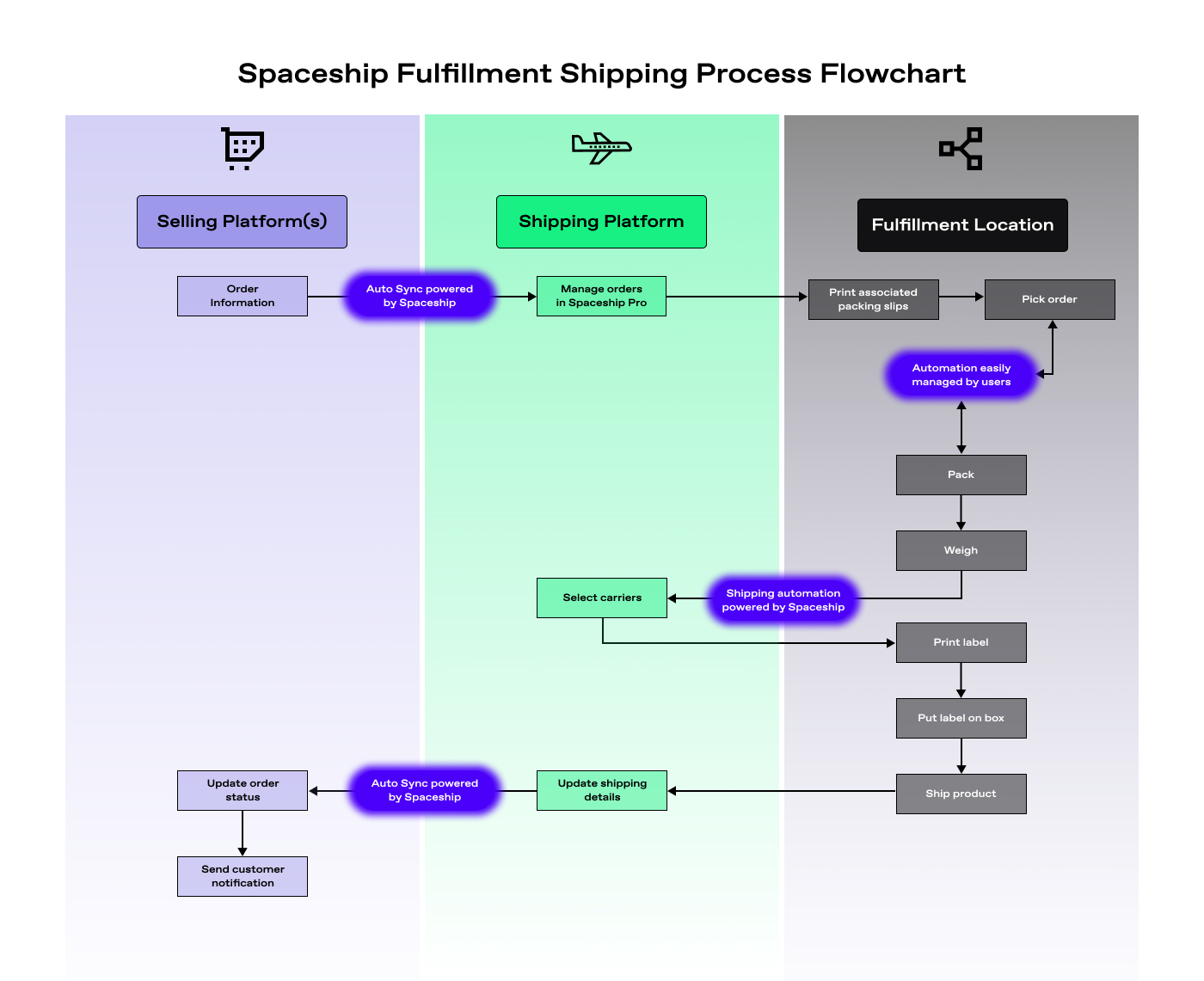
As an eCommerce business owner, you know that predicting demand is essential for your success. Demand forecasting is the process of estimating future product demand based on historical data, market trends, and other relevant factors. In this article, we will cover everything you need to know about demand forecasting, including why it’s important, how to do it, which methods help to smooth sudden fluctuations in demand, how to improve it, and some frequently asked questions.
What is demand forecasting?
Demand forecasting is the process of predicting future demand for a product or service. It is an essential part of inventory management, as it helps businesses to optimize inventory levels, reduce stockouts, and avoid overstocking. Demand forecasting can be done for individual products or for an entire product line. It involves analyzing historical sales data, market trends, and other relevant factors to estimate future demand.
Why is demand forecasting important?
Demand forecasting is essential for eCommerce businesses for several reasons:
- Optimizing inventory: By predicting future demand, businesses can optimize inventory levels and avoid stockouts or overstocking. This helps to reduce storage costs and improve cash flow.
- Improving customer satisfaction: By having the right products in stock at the right time, businesses can improve customer satisfaction and loyalty.
- Reducing waste: By avoiding overstocking, businesses can reduce waste and minimize the need for markdowns or clearance sales.
- Making informed business decisions: By understanding future demand, businesses can make informed decisions about pricing, marketing, and overall business strategy.
Connect with Spaceship Fulfillment.
Get 30 days free storage when you sign up now.
Learn more: Inventory Management 101: A Deep Dive into FIFO Method for eCommerce Fulfillment Warehouses
How to do demand forecasting
Demand forecasting can be done using several methods, including:
- Qualitative methods: These methods rely on expert opinions, market research, and other non-quantitative data to estimate future demand. Qualitative methods are useful when historical data is not available or when market conditions are changing rapidly.
- Quantitative methods: Based on historical sales data and statistical models to estimate future demand. Quantitative methods are useful when historical data is available and when market conditions are relatively stable.
Some common quantitative methods for demand forecasting include:
- Moving average: This method involves calculating the average of the last n periods of sales data. The resulting average is used to forecast future demand.
- Exponential smoothing: This method involves giving more weight to recent sales data and less weight to older data. The resulting forecast is a weighted average of past sales data.
- Seasonal forecasting: This method involves analyzing historical sales data to identify seasonal patterns in demand. The resulting forecast takes into account seasonal fluctuations in demand.
Which method of forecasting helps to smooth sudden fluctuations in demand?
Exponential smoothing is a method of forecasting that helps to smooth sudden fluctuations in demand. This method gives more weight to recent sales data and less weight to older data, which helps to reduce the impact of sudden changes in demand. Exponential smoothing is particularly useful when demand is subject to random fluctuations or when there are sudden changes in market conditions.
How to improve demand forecasting
Here are some tips for improving demand forecasting:
- Use multiple methods: Using multiple methods of forecasting can help to reduce errors and improve accuracy. For example, you can use both qualitative and quantitative methods to get a more complete picture of future demand.
- Use accurate data: Accurate data is essential for demand forecasting. Make sure that your historical sales data is accurate and up-to-date.
- Monitor market trends: Keep an eye on market trends and changes in consumer behavior. This can help you to anticipate changes in demand and adjust your forecasts accordingly.
- Collaborate with suppliers: Work closely with your suppliers to get accurate information about lead times, production schedules, and other factors that can affect demand.
- Use forecasting software: There are many software tools available that can help you to automate the demand forecasting process and improve accuracy. Also, leveraging AI-powered forecasting tools for data-driven insights is a skill you cannot miss in 2023.
Connect with Spaceship Fulfillment.
Get 30 days free storage when you book demo.
Scenario cases – Leveraging Seasonal Demand
Take the example of an eCommerce store specializing in swimwear. As summer approaches, the demand for swimsuits surges. Accurate demand forecasting empowers the store to stock up on swimsuits and accessories well in advance, ensuring they’re ready to cater to the seasonal rush.
Scenario cases – Clearing Dead Stock with Bundle Sales and Marketing Plans
Dead stock can haunt eCommerce businesses, tying up valuable resources and space. You may want to create bundle sales, combining slow-moving products with more popular items. Such promotion could create a wave of logistic pressure while it successfully enticing customers and clearing out inventory simultaneously.
Spaceship’s Solution for Easier Demand Forecasting
Spaceship makes demand forecasting a breeze through its user-friendly platform. Offering flexible booking options cater to businesses of all sizes. For instance, the basic plan allows booking as low as 6 storage boxes, with costs at just $9 per cubic meter (CBM). This adaptability empowers small businesses to navigate the demand forecasting landscape without breaking the bank.
Also, you can instantly book hot inventory, ensuring you’re ahead of competitors and ready to meet the demand surge head-on with Spaceship Pro.
Spaceship Fulfillment offers advanced techonology to let e-commerce owners control over the fulfillment process online. Just a few clicks needed to book the inventory and change the product packing rules instantly, plus comparing internal carriers online to find out the best-fitting shipping solutions.
 In conclusion, demand forecasting is an essential part of eCommerce business management. By predicting future demand, businesses can optimize inventory levels, improve customer satisfaction, reduce waste, and make informed business decisions. There are several methods of demand forecasting, including qualitative and quantitative methods, and using multiple methods can help to improve accuracy. By following best practices and using accurate data, businesses can improve their demand forecasting and achieve greater success.
In conclusion, demand forecasting is an essential part of eCommerce business management. By predicting future demand, businesses can optimize inventory levels, improve customer satisfaction, reduce waste, and make informed business decisions. There are several methods of demand forecasting, including qualitative and quantitative methods, and using multiple methods can help to improve accuracy. By following best practices and using accurate data, businesses can improve their demand forecasting and achieve greater success.
FAQ
What is the difference between demand forecasting and sales forecasting?
Demand forecasting is the process of predicting future demand for a product or service, while sales forecasting is the process of predicting future sales revenue.
What are some common challenges in demand forecasting?
Some common challenges in demand forecasting include inaccurate data, changes in market conditions, and unexpected events such as natural disasters or pandemics.
How often should I update my demand forecasts?
The frequency of updating your demand forecasts depends on the nature of your business and the stability of market conditions. In general, it’s a good idea to update your forecasts on a regular basis, such as monthly or quarterly.
Can demand forecasting be done manually, or is software necessary?
Demand forecasting can be done manually, but it can be time-consuming and prone to errors. Using software tools can help to automate the process and improve accuracy.








